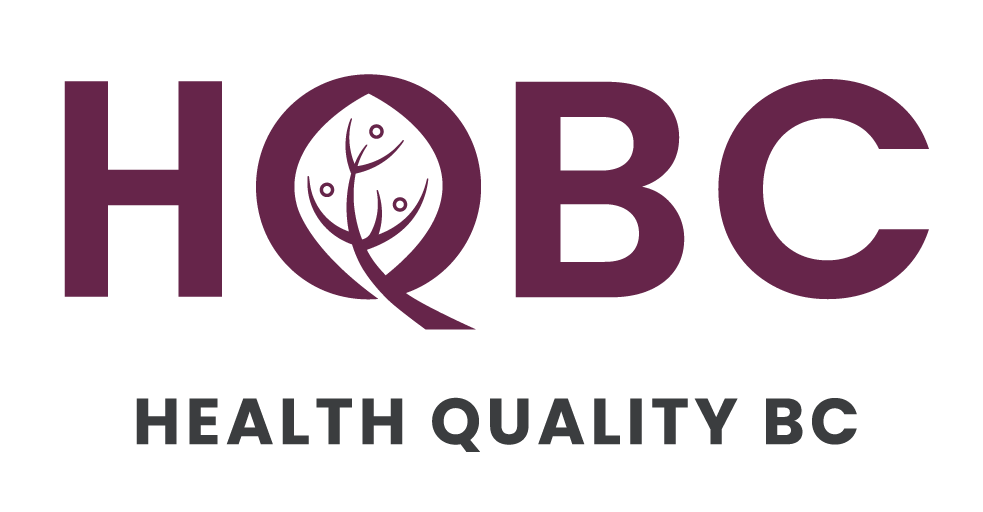Key takeaways from this story:
At St. Paul’s Hospital, Providence Health Care participated in the Bridge-to-Home initiative, championed by Healthcare Excellence Canada, to transform discharge planning by co-designing the process with patients. The initiative’s success resulted in improved provider confidence, positive patient feedback, and a commitment to adopting these changes across all Providence Health Care sites.
The Bridge-to-Home Success at St. Paul’s Hospital

It didn’t take much motivation for health care teams at Providence Health Care (PHC) to explore a new way of discharge planning at St. Paul’s Hospital in Vancouver.
“All health care workers want to improve things for patients, so our most persuasive argument with staff was, ‘The current discharge forms aren’t working well for our patients. Would you be willing to help us test a new form, co-designed by patients, to see if it works better?’ ” says Agnes Black, Providence’s Director of Health Services & Clinical Research and Knowledge Translation.
And with that, PHC care teams were introduced to the Bridge-to-Home quality improvement initiative. They were one of 16 teams that took part in a national 16-month spread collaborative led by Healthcare Excellence Canada (HEC) in 2018-20.
The collaborative used a suite of tools called a patient-oriented care transitions bundle to help care teams better engage with patients and care partners in discussions about hospital discharge, making patients integral team members in their own care. The tools were co-designed with patients and care partners and included a Patient-Oriented Discharge Summary (PODS), use of ‘teach-back’ methods for patient and care partner education, involvement of patients and care partners in discharge processes, and post-discharge follow-up.
Health Quality BC has partnered with HEC to improve care transitions from hospital to home and community through a Bridge-to-Home Collaborative for BC and the Yukon. The teams are benefitting from the experiences of previous participants, including Providence Health Care.
We knew that almost half of our patients were reporting low confidence levels in their ability to manage discharge home from hospital, so we knew there was room for improvement.
Agnes Black
Director of Health Services & Clinical Research and Knowledge Translation
At St. Paul’s, the Bridge-to-Home initiative was implemented on two 25-bed medical units – among the hospital’s busiest, serving patients with complex medical and social needs, including many patients living in poverty. The medical unit has a multidisciplinary team that works to meet these patients’ unique and individual physical, emotional, social and spiritual needs. However, despite best efforts in follow-up care once discharged to community or home, PHC found many of these complex patients were being readmitted to hospital.
“We knew that almost half of our patients were reporting low confidence levels in their ability to manage discharge home from hospital, so we knew there was room for improvement,” says Agnes. “We have increasingly been involving patient family partners in our research and quality improvement projects, so when we heard that (HEC) was organizing a collaborative to help teams implement a patient/family co-designed discharge tool and process, we definitely wanted to be part of the program!”
Agnes says the key to implementing the Bridge-to-Home tools was building a multidisciplinary team for the project, including quality improvement, because all members of the health care team contribute to the discharge plan and know best the barriers and enablers that would make the PODS process and teach-back education successful. A partnership with evaluation teams and the BC Office of Patient-Centred Measurement and Improvement also ensured they could demonstrate the impact of Bridge-to-Home on the patient experience of discharge, before and after its implementation.
But the special ingredient in the design of St. Paul’s Bridge-to-Home recipe was the involvement of patient and family partners.
“Our two patient family partners met with the team to keep us on track and true to the original PODS tool and process,” says Agnes. “They spoke directly to staff to explain why PODS could make an important difference for patients and families at the time of discharge.”
The hard work paid off. In a fall 2019 survey, 53% of providers who used PODS were more confident that patients and their families were adequately prepared to return home, and 30% said PODS helps them to be more effective in their job.
PHC also reached 74 patients in January 2020 – 65% said they remembered the PODS form and 81% said it was helpful. In addition, 63% said it was quite a bit or completely helpful. As well, PHC’s 30-day readmission rate in the 50-59 age group showed a small decrease following PODS implementation.
…it is SO rewarding to see the benefits of this practice change.
Agnes Black
Director of Health Services & Clinical Research and Knowledge Translation
All of which supported Providence’s intention to spread Bridge-to-Home beyond St. Paul’s medical units to the rest of PHC’s sites – until COVID-19 put a pause on the planning. Three years later, Agnes says they are back at it, and will be rolling out an electronic PODS form in September.
“Our plan is to have PODS become the standard discharge tool and process across PHC sites,” she says. “Making changes in clinical practice is hard work at the best of times. But it is SO rewarding to see the benefits of this practice change.”

